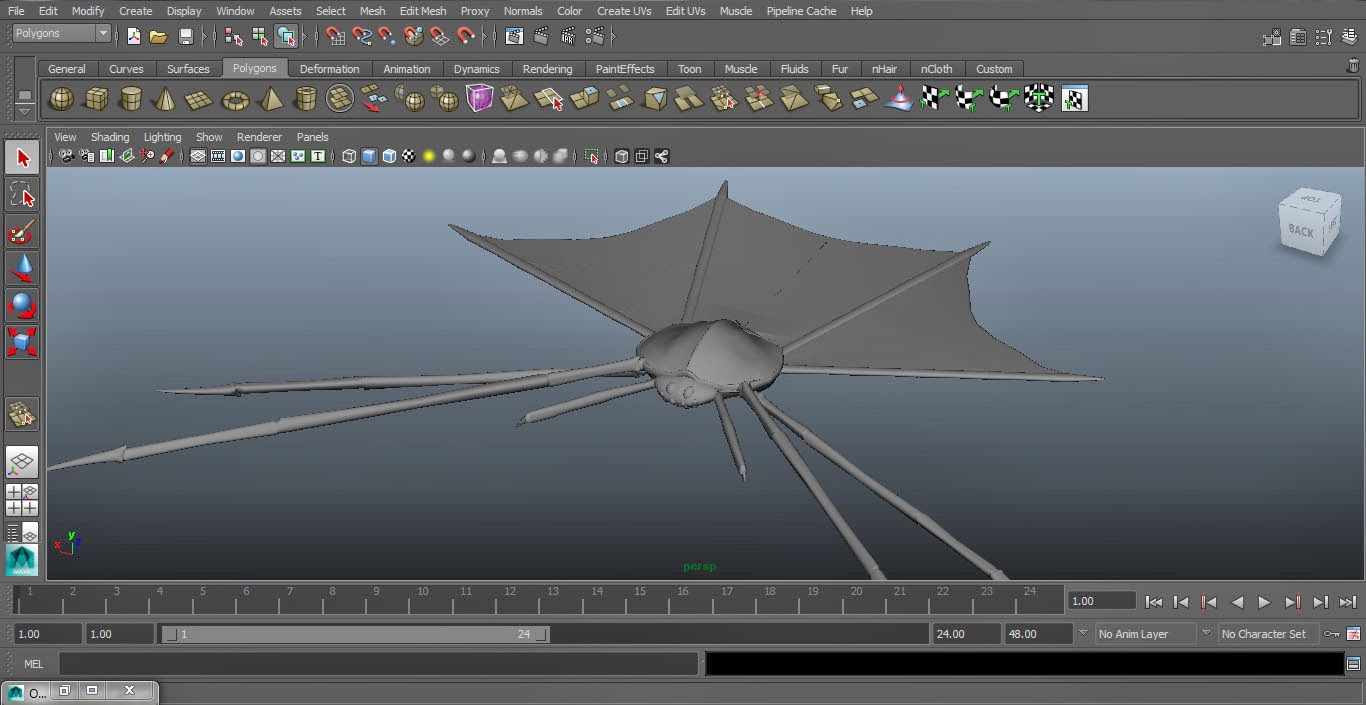So here is the slide I will present in tomorrow's class. What I'm trying to convey is the simple mechanics of the game as well as what makes it unique (or so I'd like to think). The musical prism sequence is the main idea, therefore in colour, and is what I want to spend the most time explaining. The character depicted is merely a place-holder at this point, as I want to focus on the mechanics rather than the aesthetic.
The main concepts that I've decided to settle on are as follows:
Interaction - I initially planned the game to incorporate a keyboard and mouse with the classic "WASD" for movement and the mouse controlling the character's direction of view. The mouse buttons would be perfect for hosting the "interact/select" function and that would be all that was needed. I did, however, decide that the fluidity of motion that a joystick, or as depicted - thumbstick, allows for a far more natural sense of motion from the user's input. The way I envision this prism dragon to glide through the air would need to feel as smooth to control as it looks on-screen.
Experience - the fact that the games controls can be summed up by "move" and "interact" shows that the experience I want the players to feel is less about intensity, difficulty or skill, and more a journey of curiosity, fascination and wonder. I hope to make the world in which the player inhabits seem surreal and alien. Ideally it would be interesting enough that the simple act of exploring it is a pleasure.
The collection of music prisms and the gates they are used to unlock is the 'toy play' aspect of the game. This is where the main satisfaction of playing would come from. Initially the collecting of prisms would be an incentive to start the player moving about the environment but once they start interacting with gates they are essentially given something to play with. The introduction of new prisms would allow for more complex music to be created at the gates and for harder gates that require such music to open. This would encourage players to explore more, find more prisms and experiment more at the gates.
The musical sequences don't have to be locked down to just "gates" either. There could be other musical challenges set up to reward players with bonus prisms or other upgrades so that there are more opportunities to make music.
Conceptual Aesthetic - the current aesthetic I have in mind is conveyed in terms of colour by the slide image. I want to use colour throughout the game as a mode of highlighting what is important. Most aspects of the environment would be grey-scale or very dull in colour so when a player sees something bright and colourful it instantly attracts attention.
I envision the world to be an ethereal realm of shapes and platforms floating in free space with no particular orientation. I feel it would add to the surrealism if the player has no concept of what way is down. I imagine that coloured crystals or artefacts of some sort illuminate the environment past its own eerie glow, throwing shades of colour onto nearby objects to help produce a mood.
I'm very tempted to make the creature the player controls made up of a similar material to the prisms it's collecting so it is almost like some kind of crystalline golem or something. If that means the players question whether or not it is alive or mechanical or whatever they can come up with, then all the better. The focus of the game is the experience of the journey, not on how much sense this world and its inhabitants make.






















